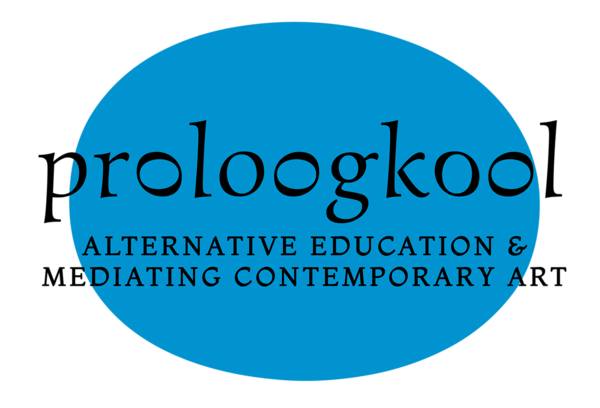Jevgeni Zolotko + Sillamäe muuseum
"Passages of Viivikonna"
29.06.–31.08.2018
The exhibition of Yevgeny Zolotko in Sillamäe Museum was a mental picture composed of fragments of the past and at the same time a dislocated site-specific spatial experience. The artist displayed the present situation of Viivikonna, a community near the town of Sillamäe, through the verbal memories of the former and current habitants. The mining town was built by prisoners of war in 1955. During its glory days, the population was several thousand strong but currently, it stands at barely a few dozen.
The core of the exhibition project consisted of the monologues geographically linked to Viivikonna’s central Rahu Street and its grand Stalinist architecture now mostly in ruins, and it illustrated the linear and at times dramatic co-dependency of the settlement and the quarry of the same name. The black and white photos displayed in the showcases were supplemented with objects found in Viivikonna that functioned as a time capsule.
In Viivikonna, the past shows itself at every step, indicating that history is not a smooth and one-way path. The exhibition, which was sheltered in the temporary extension* created by Zolotko himself to the Sillamäe Museum building, addressed a way of life now died out through the voices of the living. An abandoned village was turned into a psychogeographical figure and its story was temporarily added to the local museum’s exposition, which made this chapter topical for both locals as well as the general public.
* At the final stage of the exhibition it became clear that the extension created for the exhibition did not meet all the fire safety requirements. Zolotko demolished the extension and for the last weeks exhibited the separated wall panels with display cases in the museum’s second floor gallery.
Yevgeny Zolotko (1983) earned a bachelor’s degree in Sculpture from Tartu Art College and has continued his master’s studies at the Estonian Academy of Arts Chair of Installation and Sculpture. In his work, Zolotko experiments with materials and creates narratives that involve the space as a whole. He’s been awarded the Köler Prize Grand Prix (2011), the Anton Starkopf Sculpture Prize (2012), the Cultural Endowment of Estonia Annual Award for Visual and Applied Art (2013) and Akadeemia magazine’s art award (2016).Sillamäe Museum's permanent exhibition introduces life in the farms of Vaivara Parish, the emergence and development of the shale oil industry and other aspects of the history of Sillmäe. An interesting rarity is the room recreated as a typical one from the 1950s. In addition, the development of musical culture is examined, with the majority of display items being from the Soviet era. The museum’s mineralogy and palaeontology exhibition is also excellent. Today, the era of an inaccessible industrial town is over but there is plenty to discover about the past times of Sillamäe. The old part of Sillamäe, the town centre, is one of the best-preserved examples of 1950s Stalinist architecture in Estonia.
Yevgeny Zolotko's residency took place during 19.–25.11.2017 and 05.–11.01.2018.
The residency was supported by the City Goverment of Sillamäe.
Public programme
29.06.2018 Sillamäe Town and Maritime Days16:00 Exhibition opening
17:00 Exhibition tour and artist’s talk
07.07.2018 Mägede Hääl music festival’s excursion to Sillamäe and visit to Passages to Viivikonna. Exhibition tour by Maarin Ektermann and Mary-Ann Talvistu.
29.08.2018 Nature Bus “Industrial landscapes of Ida-Viru County” with starting point in Tallinn
10:15 Visit to Vaivara Blue Hills Museum
10:45—13:00 Tour of the Narva Quarry
14:40—16:40 Museum of Estonian Architecture’s Open Houses tour in Sillamäe led by Madis Tuuder
16:45—17:45 Visit to Sillamäe Museum and Yevgeny Zolotko’s exhibition
18:45—19:45 Visit to Kunda Cement Museum and Laura Põld’s exhibition
Thank you: Aala Gitt, Aleksandr Popolitov, Yelena Gorneva, Town of Sillamäe, Evelin Salumaa, Kirill Tulin, Pavel Mihhailov, Stanislav Netchvolodov, Cultural Endowment of Estonia
Gallery
The photos here are of our visit to the museum in fall of 2017, Aleksander Popolitov gave a very thorough overview of the museum’s exhibitions.























